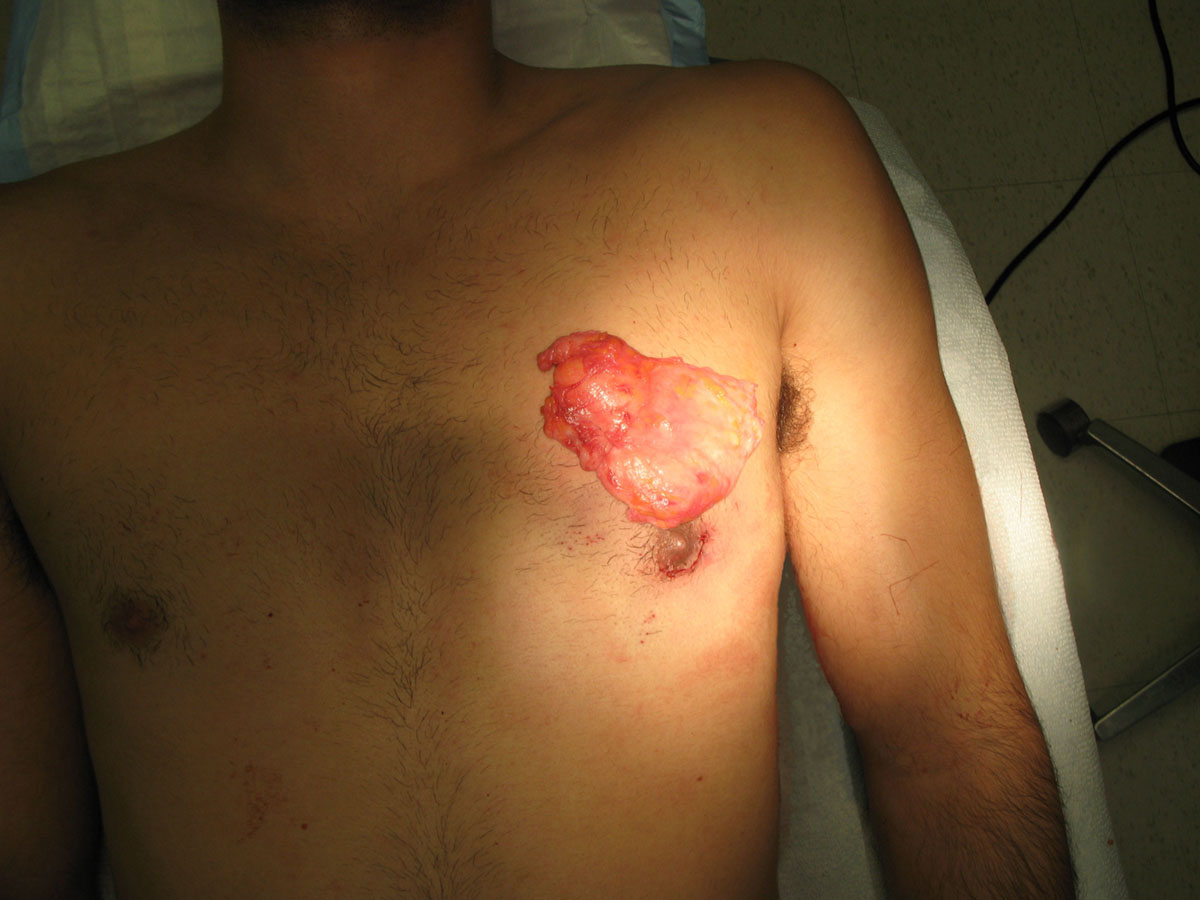
What Is Gynecomastia?
Gynecomastia is a term that refers to abnormal enlargement of breast in men. The condition develops as a consequence of an imbalance of the hormones estrogen and testosterone. It affects both breasts but they do not have to be affected evenly. Gynecomastia is not a serious medical condition but it is commonly a source of embarrassment. This is why many men suffering from gynecomastia search for suitable treatments which will correct the appearance of their breasts.
Testosterone and estrogen are in charge of development and maintenance of sex characteristics. Even though men produce estrogen the hormone is always present in small amounts. In patients suffering from gynecomastia there is excess of estrogen. Gynecomastia in infants may result as the effect of mother's estrogen. Gynecomastia during puberty also occurs due to hormonal imbalance. Furthermore, the condition may occur as a side effect of certain medications or even excessive intake of alcohol and drug abuse (amphetamines, marijuana, heroin and methadone). In some people gynecomastia develops together with other medical conditions. This is common in people suffering from hypogonadism, some tumors (the adrenal or pituitary gland tumors), hyperthyroidism, kidney failure, liver failure and cirrhosis, malnutrition and starvation. The process of aging can be another cause of gynecomastia particularly if the person is obese.
Therapy for Gynecomastia
In some cases gynecomastia may regress spontaneously after a certain period of time. But if breast enlargement develops as a consequence of illnesses such as hypogonadism, malnutrition and cirrhosis it needs to be treated. People who take medications that have led to gynecomastia generally discontinue taking the particular drug and are prescribed with an appropriate substitute.
In adolescents gynecomastia is considered transitory hence such patients go for periodic evaluation every 3-6 month. This way the doctor has an insight in the progress or improvement of the condition. If breasts stay enlarged or cause pain, tenderness and discomfort the doctor will recommend the most suitable treatment option.
Tamoxifen and raloxifen are generally prescribed to patients suffering from breast cancer. However, these drugs can also be effective in case of gynecomastia. Unfortunately, they are still not approved for the usage in such purpose.
If breasts are significantly enlarged a man may undergo surgical removal of the breast or fat tissue. There are two surgical approaches used on patients suffering from gynecomastia. Liposuction is performed to remove the excess of fat tissue and is not effective in cases of gynecomastia caused by enlargement of the very breast tissue. On the other hand, mastectomy is performed in order to remove the breast tissue. This surgical procedure is performed as endoscopic, is not very invasive and recovery does not last long.

















Your thoughts on this
Loading...